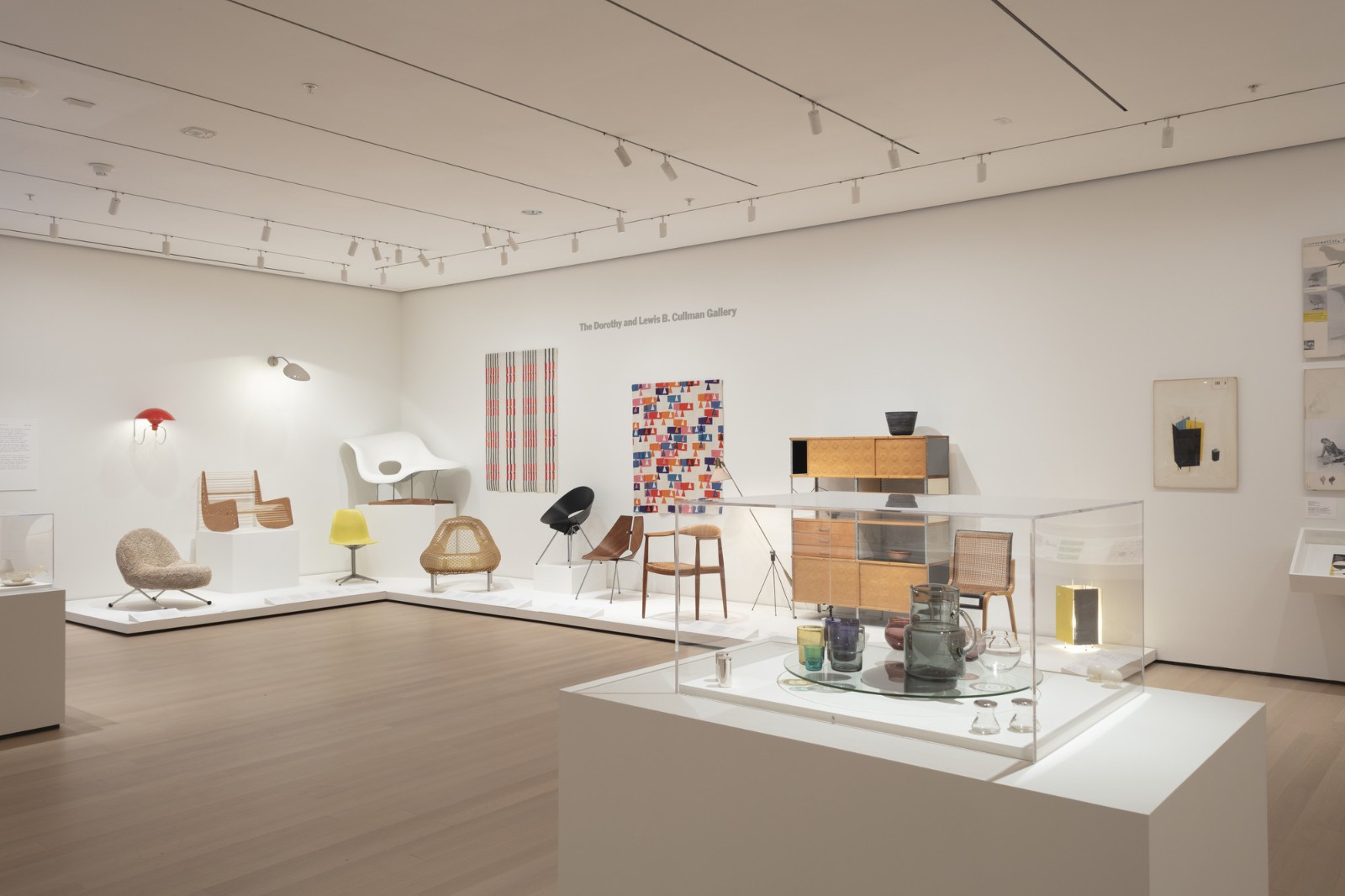Recent Posts
-
Installing Spotlights in Ceiling | Obals Expert Guide
Learn the expert steps and best practices for installing spotlights in your ceiling. Discover the benefits, tools needed, and tips for achieving a professional look.
06/21/2024
-
Warm White Versus Cool White | Expert Lighting Guide
Discover the differences between warm white and cool white lighting. Learn from industry experts about their applications, benefits, and how to choose the right color temperature for your space.
06/21/2024
-
Under Cabinet Lighting Kitchen | Expert Guide
Explore the benefits and best practices for installing under cabinet lighting in your kitchen. Learn from industry experts about types, installation tips, and design ideas to optimize your kitchen lighting.
06/20/2024
-
Screwfix LED Downlights | Expert Lighting Guide
Discover the advantages and best practices for installing Screwfix LED downlights. Learn from industry experts about their features, benefits, and tips for optimizing your lighting setup.
06/20/2024
-
Modern Lighting Factory | Expert Insights
Explore the advancements and benefits of modern lighting factories. Learn from industry experts about the latest technologies, manufacturing processes, and design trends in the lighting industry.
06/19/2024
Comparing 5000K and 3000K Lighting: Applications and User Experience
Comparing 5000K and 3000K Lighting: Applications and User Experience
Understanding the difference between 5000K and 3000K lighting is crucial in the field of lighting design. As experts in lighting technology, we recognize that the choice of color temperature significantly impacts the ambiance and functionality of a space. Color temperature, measured in Kelvin (K), describes the warmth or coolness of a light source.
5000K light is often referred to as "daylight" and has a cool, bluish-white appearance. This color temperature is energizing and is best suited for environments where tasks require attention to detail and focus, such as offices, workshops, and other workspaces. The higher Kelvin rating makes 5000K light ideal for settings where accurate color perception is essential.
On the other hand, 3000K light emits a warm, yellowish-white glow, resembling the light at sunset. This warmer color temperature creates a cozy and inviting atmosphere, making it perfect for residential spaces like living rooms, dining areas, and bedrooms. The warm light of 3000K bulbs is also often used in hospitality settings, such as restaurants and hotels, to create a relaxing and welcoming environment.
In terms of user experience, 5000K lighting is known to enhance concentration and alertness, which is why it's preferred in task-oriented and commercial settings. Meanwhile, 3000K lighting is often associated with relaxation and comfort, making it ideal for settings where a calming ambiance is desired.
The choice between 5000K and 3000K lighting ultimately depends on the specific requirements of a space and the desired mood. Understanding these nuances allows lighting designers and consumers to make informed decisions to achieve the optimal lighting environment for various applications.

